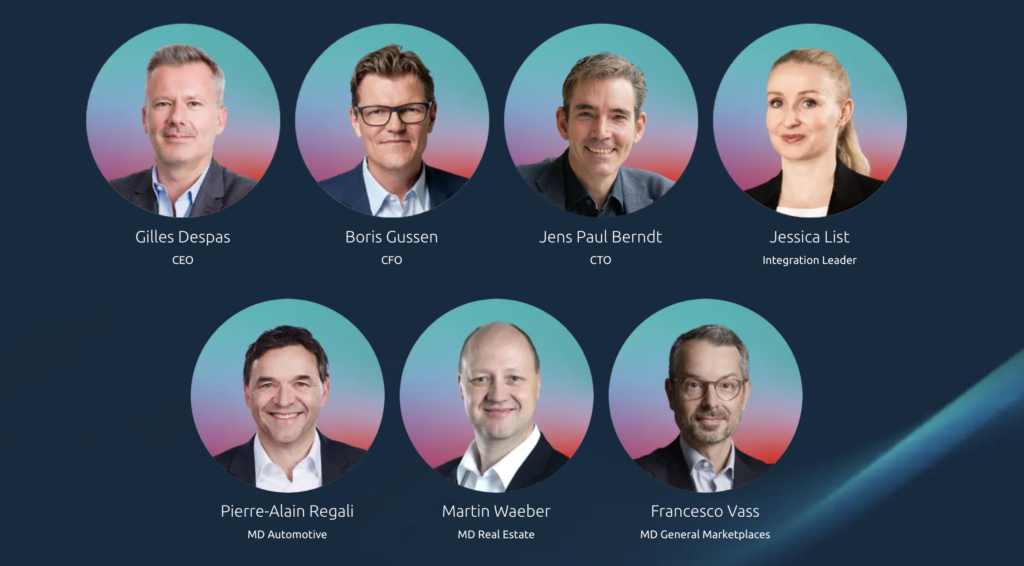Der Juli zeigt sich im Wohnungsmarkt mit relativ stabilen Angebotsmieten. Diese sind im vergangenen Monat auf nationaler Ebene um lediglich 0.2 Prozent gestiegen. Dabei kam dieser Wert primär durch einzelne Kantone mit einer höheren Zunahme zustande. Gleichzeitig gingen die Angebotsmieten in rund einem Drittel der Kantone zurück. Dies zeigen die aktuellen Zahlen des Homegate-Mietindex.
Der Homegate-Mietindex für Angebotsmieten wird vom Immobilienmarktplatz Homegate in Zusammenarbeit mit der Zürcher Kantonalbank (ZKB) erhoben. Er misst die monatliche, qualitätsbereinigte Veränderung der Mietpreise für neue und wieder zu vermietende Wohnungen anhand der aktuellen Marktangebote. Gegenüber dem Vormonat hat sich der Index im Juli um 0.2 Punkte leicht erhöht und steht nun bei 128.7 Punkten (plus 0.2 Prozent). Gegenüber dem Vorjahr konnten die Angebotsmieten schweizweit um 5.2 Prozent zulegen.
Veränderung in den Kantonen
Eine Zunahme der Angebotsmieten von über einem halben Prozent zeigte sich im Juli lediglich in den Kantonen Uri (plus 1.9 Prozent), Glarus (plus 0.8 Prozent), dem Tessin (plus 0.7 Prozent) sowie im Thurgau (plus 0.6 Prozent). In den restlichen Kantonen veränderten sich die ausgeschriebenen Mieten im vergangenen Monat dagegen nur minimal oder waren rückläufig. Dies allen voran in Nidwalden (minus 1.2 Prozent). Gleichzeitig legten die Angebotsmieten mit Blick auf die Entwicklung der letzten zwölf Monate auch im Juli durchgehend zu. Spitzenreiter bildeten dabei die Kantone Schaffhausen (plus 9.4 Prozent), Zug (plus 9.3 Prozent) und Glarus (plus 8.9 Prozent).
Veränderung in den Städten
Bei den acht untersuchten Städten bewegten sich die Angebotsmieten im Juli innerhalb einer Spanne von rund 2.5 Prozent. Während sie insbesondere in Lugano (plus 1 Prozent) und Zürich (plus 0.7 Prozent) zulegen, gingen sie in Luzern (minus 1.5 Prozent) und Genf (minus 1.2 Prozent) deutlich zurück. Ungeachtet dieser Entwicklung im Juli wartet die Stadt Luzern gegenüber dem Vorjahr mit der höchsten Zunahme der Angebotsmieten auf (plus 8.1 Prozent), gefolgt von Zürich (plus 7.9) Prozent. Aber auch alle weiteren untersuchten Städte weisen im Vergleich zu Juli 2023 einen Anstieg der ausgeschriebenen Mieten vor.
Methode der Qualitätsbereinigung
Die Entwicklung der Angebotsmieten in der Schweiz wird um die unterschiedliche Qualität, Lage und Grösse der Wohnungen bereinigt. Der Vorteil dieser sogenannten hedonischen Methode liegt darin, dass die wirkliche Mietpreisentwicklung für neue und wieder zu vermietende Wohnungen auf Homegate abgebildet wird. Der Homegate-Mietindex ist der älteste qualitätsbereinigte Mietpreisindex der Schweiz und gilt als Referenzquelle für Immobilienprofis für die Preisbestimmung von Mietobjekten.

Fabian Korn
Communications Manager

